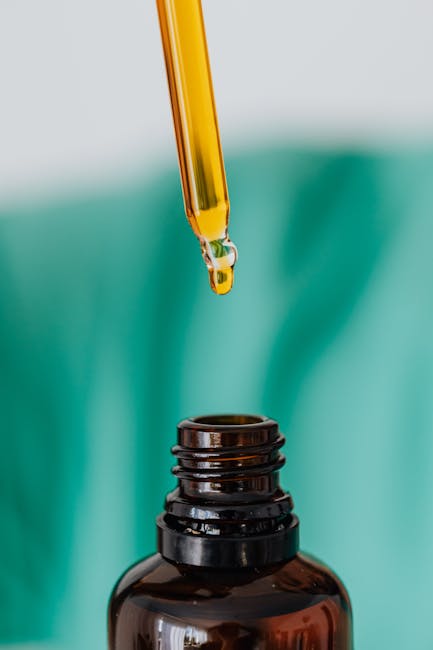What is Khat? Unveiling the Stimulant’s Origins and Effects
Khat (Catha edulis) is a flowering plant native to the Horn of Africa and the Arabian Peninsula. Its leaves contain cathinone, a stimulant alkaloid that produces effects similar to amphetamines and cocaine, albeit generally milder and shorter-lasting. Chewing khat leaves is a traditional practice in certain East African and Middle Eastern cultures, often associated with social gatherings and a sense of community. However, the increasing accessibility and understanding of its addictive properties have raised serious concerns worldwide.
The Chemical Composition of Khat: Cathinone and More
The psychoactive effects of khat are primarily attributed to cathinone, a naturally occurring amphetamine-like substance. As the leaves are chewed, cathinone is released, leading to a range of physiological and psychological changes. However, it’s crucial to understand that the potency of cathinone degrades quickly after harvesting, with significant reductions occurring within hours. Other alkaloids present in khat, such as cathine (a less potent stimulant) and other compounds, contribute to the overall effects, though to a lesser extent.
The Short-Term Effects of Khat: A Temporary High with Lasting Consequences
The effects of chewing khat typically begin within 30-60 minutes and can last for several hours, depending on the amount consumed and the freshness of the leaves. Users often report feelings of euphoria, increased energy, heightened alertness, and suppressed appetite. However, these positive effects are frequently accompanied by negative side effects, including:

- Increased heart rate and blood pressure
- Anxiety and nervousness
- Insomnia
- Tremors and muscle twitching
- Irritability and aggression
- Dry mouth and constipation
- Nausea and vomiting
It’s important to note that these short-term effects can be exacerbated by pre-existing health conditions or the use of other drugs or alcohol. The intensity of the experience is highly variable, depending on individual factors and the quality and quantity of the khat consumed.

The Long-Term Effects of Khat: A Path Towards Addiction and Health Problems
Chronic khat use carries significant health risks. While the acute effects may be relatively mild in comparison to other stimulants, prolonged consumption can lead to a range of serious complications:
Physical Health Complications
- Cardiovascular problems: Increased risk of heart attack, stroke, and hypertension.
- Gastrointestinal issues: Constipation, ulcers, and stomach cancer are more prevalent among long-term users.
- Dental problems: Dry mouth and reduced saliva production contribute to tooth decay and gum disease.
- Nutritional deficiencies: Suppressed appetite can lead to malnutrition.
- Kidney and liver damage: Prolonged khat use is linked to damage in these vital organs.
- Mental health issues: While khat initially provides a euphoric effect, chronic use is associated with an increased risk of depression, anxiety, psychosis, and other mental health disorders.
Psychological Dependence and Addiction
Khat use can lead to psychological dependence, meaning users experience a strong craving for the drug despite negative consequences. This dependence can manifest as withdrawal symptoms upon cessation, including anxiety, depression, fatigue, and intense cravings. The potential for addiction highlights the serious nature of long-term khat use.
Khat and the Law: A Global Perspective on Legal Status and Regulation
The legal status of khat varies significantly across countries. While it remains legal in some parts of East Africa and the Arabian Peninsula, it is illegal in many other regions, including the United States, Canada, and most of Europe. The legal frameworks surrounding khat often reflect cultural contexts and evolving understanding of its potential harms.
International Efforts to Combat Khat Abuse
International organizations, such as the United Nations, play a role in raising awareness about the risks associated with khat use and in promoting policies aimed at reducing its consumption. These efforts focus on public health initiatives, education campaigns, and collaborations with local communities.
Treatment and Recovery: Seeking Help for Khat Dependence
Individuals struggling with khat dependence can benefit from professional help. Treatment options often involve a combination of therapies, including counseling, support groups, and behavioral interventions. In some cases, medication may be used to manage withdrawal symptoms and address co-occurring mental health disorders.

Finding Support and Resources
Numerous resources are available for individuals seeking help with khat addiction. Local health services, specialized addiction treatment centers, and online support groups can provide guidance and support throughout the recovery process.
Conclusion: Navigating the Complexities of Khat
Khat presents a multifaceted issue, intricately woven into the cultural fabric of some regions while posing significant health risks. Understanding its composition, effects, and potential for addiction is crucial for informed decision-making. Promoting public health awareness, implementing effective regulations, and providing accessible treatment options are key strategies in addressing the challenges associated with khat use globally.

